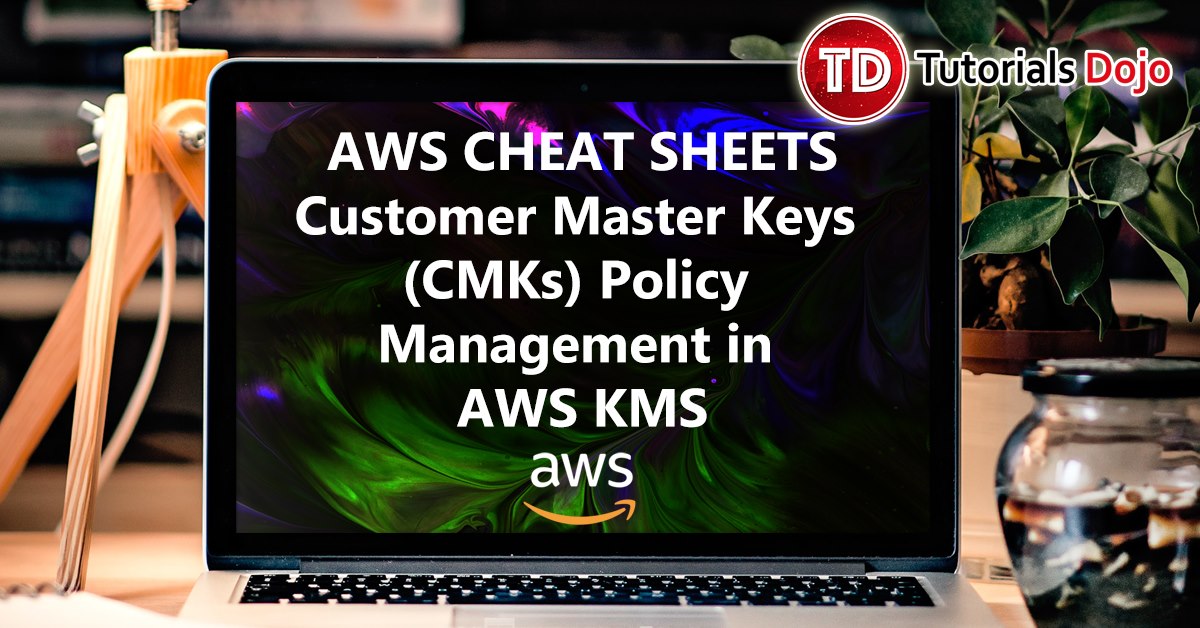Global Secondary Index vs Local Secondary Index
Jon Bonso2024-01-24T09:25:20+00:00Bookmarks Global Secondary Index Local Secondary Index A secondary index is a data structure that contains a subset of attributes from a table, along with an alternate key to support Query operations. An Amazon DynamoDB table can have multiple secondary indexes. Global secondary index Local secondary index Definition An index with a partition key and a sort key that can be different from those on the base table. An index that has the same partition key as the base table, but a different sort key. Span of query Queries on the index can span [...]











